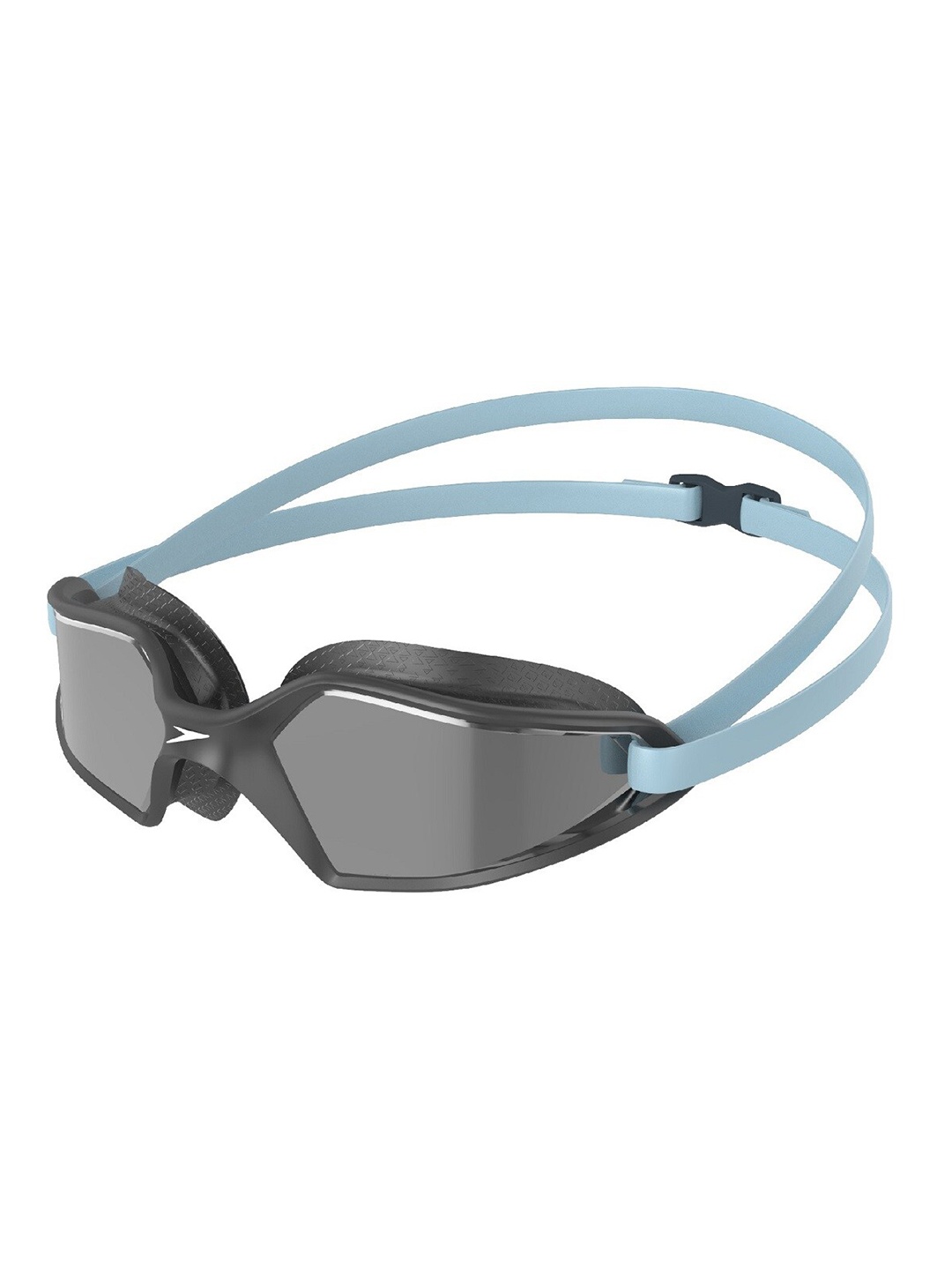Is Your Yoga Mat Hurting Your Back? How to Choose the Right One
Ever stepped off your yoga mat feeling less 'zen'; and more 'why does my back feel like I wrestled a lorry'? The culprit might not be your posture, but what is beneath it. This is how the mat you choose could be making or breaking your practice.

Yoga Mat Misfit? How the Wrong Choice Can Lead to Chronic Back Issues
Yoga, often painted as the peaceful remedy for the chaos of modern life, has charmed its way into Indian homes from metro studios to village courtyards. But here's the twist: instead of melting away stress, many are walking away from sessions with nagging back pain. It's puzzling, especially when the instructor hasn't pointed out any glaring mistakes.
The truth might be lying right under your nose, or more accurately, under your spine. While much of the conversation around yoga pain focuses on alignment and technique, the humble yoga mat is rarely held accountable. Yet this often-overlooked piece of gear can seriously affect the health of your back.
Let's unroll the mystery, quite literally, and explore how the surface you practise on might be quietly sabotaging your spine.
1. The Mat Matters More Than You Think
It's easy to assume that all yoga mats are created equal. After all, they're just squishy rectangles, right? Not quite. A yoga mat isn't just about giving you a non-slip space, it's your foundation. Just like a bad mattress can leave you with a crick in the neck, a bad mat can mess with your spine.
Take this scenario: a working professional in Bengaluru, juggling deadlines and Zoom calls, squeezes in an evening yoga session. She rolls out a thin mat bought from a street vendor for ₹300. Halfway through her session, her back starts complaining. It's not her asanas, it's the mat offering no support.
Too thin, and your mat won't protect your joints from hard floors. Too soft, and it throws off your balance, forcing your back to compensate. The spine needs consistent, even support. Anything else puts pressure on your vertebrae and muscles.
Choosing the right mat isn't just a question of comfort, it's one of spinal health.
2. Poor Cushioning = Poor Posture
Back pain during yoga is often brushed off as poor technique, but what if it's poor cushioning? The quality and thickness of your mat determine how your body reacts during poses, especially those that involve spinal movement like Bhujangasana (cobra) or Marjaryasana-Bitilasana (cat-cow).
When your mat lacks proper cushioning, your body doesn't sink evenly. Instead, certain points, your tailbone, lower back, and shoulder blades, absorb the brunt of the pressure. Over time, this uneven pressure strains muscles and pulls your posture out of alignment.
It's like sitting on a wooden bench for hours. You'll eventually slump or shift to ease the discomfort, and before you know it, your back is in knots.
Investing in a mat with sufficient thickness, usually 6mm to 8mm for those with sensitive backs, can change everything. And remember, soft doesn't always mean better. A mat should be firm enough to support you, yet cushioned enough to protect.
3. Slippery Surfaces and Spinal Strain
There's nothing more frustrating, or dangerous, than slipping in the middle of a pose. Whether it's the heat of a power yoga session in Mumbai or the monsoon humidity in Kolkata, a slippery mat can be a silent villain.
In trying to maintain balance on a low-grip surface, your muscles overcompensate. This tension often creeps up to your back, creating tightness and, over time, pain. Imagine holding Vrikshasana (tree pose) on ice, you'll be wobbling, overcorrecting, and eventually hurting.
In particular, transitions between poses, like moving from downward dog to plank, require stability. A slippery mat forces micro-adjustments that aren't natural, especially in your core and back. This leads to fatigue, poor form, and eventually, injury.
Opt for a mat with a textured surface or made of high-grip materials like natural rubber or jute. And if you sweat a lot, consider a yoga towel or grip socks to help keep things grounded.
4. Alignment Goes Out the Window
One of the central pillars of yoga is alignment. But even with the best intentions and instructions, bad mat design can throw your form off-kilter. Some mats wear down unevenly, become lumpy with time, or just aren't flat to begin with. All of these issues can interfere with the even distribution of weight.
During poses like Trikonasana (triangle pose) or Ardha Matsyendrasana (spinal twist), you need a stable base to maintain correct alignment. If one foot is sinking more than the other or the mat bunches up beneath you, it shifts your centre of gravity. Your back, ever the loyal workhorse, steps in to compensate.
This can create imbalances in the hips and spine, which, if not corrected, might follow you off the mat too. Suddenly, you're wondering why your office chair feels uncomfortable or why long drives hurt more than they used to.
Think of your mat as a blueprint for alignment, it should support, not sabotage.
5. Cheap Mats Can Be a Costly Mistake
Budget-conscious buyers in India often look for affordable yoga gear. And while frugality is wise, when it comes to yoga mats, the phrase 'you get what you pay for' rings painfully true, especially for your back.
Many inexpensive mats are made from low-grade PVC or foam that breaks down quickly. They lose their shape, absorb sweat (and smell), and flatten like stale dosa batter. A worn-out mat no longer cushions or supports, it becomes a flat, slippery liability.
Consider this: a decent yoga mat costs around ₹1,500–₹2,500. A back pain consultation, physio sessions, and medication? Easily ₹5,000 and up. Suddenly, investing in a good mat seems like a no-brainer.
Brands offering eco-friendly and orthopaedic options are now widely available in Indian markets and online platforms. Many even allow you to try before you buy, a small but meaningful advantage for your spine.
Also Read: Your Secret To A Perfect Yoga Practice: A Fitted Yoga Pants
6. Not All Mats Suit All Bodies
Yoga, while universal in spirit, is deeply personal in practice. A 22-year-old college student in Pune might bounce through a vinyasa flow on a thin mat without a twinge, while a 45-year-old homemaker in Jaipur might need a thick, supportive base to keep her lower back happy during even basic stretches.
Body type, age, existing conditions, and type of yoga, all matter when picking a mat. Someone practising restorative yoga or with a history of back issues needs more cushioning than someone doing hot yoga or Ashtanga.
Unfortunately, most people pick mats based on colour, brand, or influencer recommendations. Very few pause to consider, 'Is this right for my back?' The result? Strained muscles, compromised flexibility, and lingering pain.
Tailoring your mat to your body isn't indulgent, it's intelligent. Just like choosing the right pair of shoes, the right yoga mat can either support you or set you up for discomfort.
7. The Environment You Practise In
Let's not forget where the mat is used. Tiles in most Indian homes, especially in apartments, are unforgiving. Practising directly on them, even with a basic mat, can wreak havoc on your back. Unlike wooden floors in professional studios, home surfaces don't absorb impact.
Now imagine rolling out a 3mm mat on those tiles, it's like sleeping with a bedsheet as your mattress. The back doesn't get the support it needs. During poses that require grounding, like Setu Bandhasana (bridge pose), the spine suffers micro-stress.
Adding an underlayer, like a cotton rug or carpet, or upgrading to a thicker mat can dramatically improve your experience. Some even place two mats for extra support. It might not be Insta-aesthetic, but your back will thank you.
Yoga at home is beautiful and convenient, but make sure the space is as nurturing as your intention.
8. Maintenance Makes a Difference
Even the best mat will turn into a back-breaker if not maintained properly. Over time, dirt, sweat, and grime degrade the material. It becomes uneven, smelly, and loses its grip. A warped mat doesn't lie flat, creating pressure points that affect your spine's natural curve.
In India's diverse climate, think Goa's humidity or Delhi's dryness, mats react differently. Improper storage can turn a decent mat into a yoga hazard. Keeping it rolled tightly, storing it in a cool dry place, and cleaning it weekly with a gentle solution (think diluted vinegar or mild soap) can add years to its life, and save your back from unnecessary grief.
Treat your mat like your practice, with respect and consistency. A well-loved mat offers silent support, grounding you in each pose.
Products Related To This Article
1. House of Handmade™ - Pure Cotton Yoga Mats for Women and Men
2. Wiselife Tru Alignment Yoga Mat + Sleek Yoga Strap For Men And Women
3. TEGO CORE Yoga Mat with GuideAlign - Extra Large
4. Lifelong Dual Color TPE Material Yoga Mat for Women & Men
5. Boldfit Yoga Mat for Women and Men with Cover Bag TPE Material Extra Thick Exercise Yoga Mat for Men for Workout
Yoga is supposed to be a balm for the body, a breath for the soul. But if you're finishing your session with backaches and grimaces instead of calm smiles, it's time to question more than just your form. Your mat, humble as it seems, might be the missing link.
In a country where yoga has both roots and wings, it's essential to practise mindfully, not just in movement but in the equipment that supports it. Investing in the right mat, suited to your body, your style, and your space, is not a luxury. It's self-care with spine-sense.
So next time your back protests mid-pose, look down before you look inward. Sometimes, healing begins from the ground up. Shop now on Amazon.
Disclaimer: The images used in this article are for illustration purpose only. They may not be an exact representation of the products, categories and brands listed in this article.




























